Home>Articles>How To Store Rice Long Term Without Mylar Bags


Articles
How To Store Rice Long Term Without Mylar Bags
Modified: January 8, 2024
Learn how to store rice long term without using mylar bags. Read our informative articles for expert advice and tips on proper rice storage methods.
(Many of the links in this article redirect to a specific reviewed product. Your purchase of these products through affiliate links helps to generate commission for Storables.com, at no extra cost. Learn more)
Introduction
When it comes to long-term food storage, rice is a staple that many people rely on. With its versatility, affordability, and long shelf life, rice is an excellent choice for stocking up on essential supplies. However, storing rice in a proper and efficient manner is crucial to ensure its freshness and quality over an extended period of time.
In this article, we will explore various methods for storing rice long term without the need for mylar bags. Whether you prefer using plastic containers, glass jars, vacuum-sealed bags, or oxygen absorbers, we’ve got you covered. We will also discuss the option of freezing rice for long-term storage.
By following these techniques, you can preserve your rice supply for months or even years, ensuring you have a reliable source of nourishment in times of need or emergencies.
Key Takeaways:
- Preserve rice for years using plastic containers, glass jars, vacuum-sealed bags, oxygen absorbers, or freezing. Follow proper storage techniques to ensure freshness and a reliable food supply in emergencies.
- Choose from various methods to store rice long-term without mylar bags. Whether using plastic containers, glass jars, vacuum-sealed bags, oxygen absorbers, or freezing, proper storage ensures a dependable rice supply for extended periods.
Option 1: Using Food-Grade Plastic Containers
Storing rice in food-grade plastic containers is a popular and convenient method that offers several benefits. Here are some reasons why using plastic containers for rice storage is advantageous:
- 1. Plastic containers are durable and can withstand varying temperatures, making them suitable for long-term storage.
- 2. They are lightweight and easy to handle, making it effortless to move and organize your rice supply.
- 3. Clear plastic containers allow you to see the contents, making it easier to identify and access your rice.
- 4. Plastic containers are typically more affordable compared to other storage options, making them budget-friendly.
When choosing the right plastic containers for rice storage, ensure they are food-grade and made from BPA-free materials to prevent any chemical contamination. Here are the steps to properly store rice in plastic containers:
- Clean and thoroughly dry the plastic containers before use. Make sure they are free from any debris or odors.
- Measure the desired amount of rice you wish to store. Keep in mind that rice tends to expand when cooked, so allocate enough space in the containers.
- Transfer the rice into the plastic containers, ensuring they are filled to the appropriate level without overpacking.
- Seal the lids tightly to create an airtight seal. This will help prevent moisture and pests from contaminating the rice.
Here are some tips for storing rice in plastic containers:
- Label each container with the date of storage to keep track of its freshness.
- Store the plastic containers in a cool, dry place away from direct sunlight and extreme temperatures.
- Avoid placing the plastic containers near strong-smelling substances, as rice can easily absorb odors.
- Rotate your rice supply regularly by using the older stock first and replenishing with fresh rice.
- Inspect the containers periodically for any signs of damage or pests and replace if necessary.
By following these guidelines, you can effectively store rice in food-grade plastic containers, ensuring its quality and longevity for an extended period.
Option 2: Utilizing Glass Jars
Using glass jars for rice storage is another excellent option that offers several advantages. Here are the benefits of utilizing glass jars for long-term rice storage:
- 1. Glass jars provide airtight and leak-proof seals, protecting your rice from moisture, pests, and contaminants.
- 2. They are transparent, allowing you to see the rice inside and easily monitor its condition.
- 3. Glass jars are non-reactive, meaning they won’t interact with the rice or affect its taste or quality.
- 4. Unlike plastic, glass is inert and does not release any harmful chemicals into the rice.
When selecting the right glass jars for rice storage, consider the following factors:
- Choose food-grade glass jars made with thick, durable glass to ensure they can withstand the weight and pressure of the rice.
- Opt for jars with a wide mouth opening, as this will make it easier to fill and access the rice.
- Ensure the glass jars have airtight lids or closures, such as rubber seals or clamp-style lids, to maintain freshness and prevent moisture or pests from entering.
Here are the steps to effectively store rice in glass jars:
- Thoroughly clean the glass jars and lids with warm soapy water and rinse them well to remove any dirt or residue.
- Dry the glass jars and lids completely before use to prevent any moisture from affecting the rice.
- Measure the desired amount of rice and transfer it into the glass jars, leaving some headspace at the top of the jars.
- Seal the jars tightly with their lids or closures, ensuring an airtight seal.
To enhance the storage of rice in glass jars, consider the following tips:
- Label each jar with the date of storage to keep track of the rice’s freshness.
- Store the glass jars in a cool, dark pantry or cupboard to protect them from sunlight and heat.
- Avoid placing the jars near areas prone to temperature fluctuations, such as stoves or vents.
- Regularly check the jars for any signs of damage or wear, and replace them if necessary.
By storing your rice in glass jars using these guidelines, you can ensure its longevity, freshness, and protection from external elements.
Option 3: Employing Vacuum-Sealed Bags
Vacuum sealing is an effective method for storing rice long term. By removing the air from the packaging, vacuum-sealed bags offer several benefits for rice storage:
- 1. Vacuum sealing extends the shelf life of rice by significantly reducing the presence of oxygen, which can lead to spoilage.
- 2. It helps prevent moisture and humidity from affecting the rice, keeping it dry and free from mold or bacterial growth.
- 3. Vacuum-sealed bags create a barrier against pests such as insects or rodents, ensuring the rice remains pristine.
- 4. It saves space and allows for efficient storage, as the bags can be stacked or stored in tight spaces.
When selecting vacuum-sealed bags for rice storage, consider the following factors:
- Choose high-quality, food-grade bags that are specifically designed for vacuum sealing.
- Opt for bags with thick and durable material to withstand the weight and pressure of the rice.
- Ensure the bags are compatible with your vacuum sealer machine to create a proper seal.
- Consider using bags with textured or embossed surfaces, as they help remove air more effectively.
Here are the steps to store rice using vacuum-sealed bags:
- Measure the desired amount of rice and place it into the vacuum-sealed bag, leaving some headspace at the top.
- Seal one end of the bag using the vacuum sealer machine according to the manufacturer’s instructions.
- Place the open end of the bag into the vacuum sealer machine and activate the vacuum and seal function.
- Wait for the machine to remove the air and create a tight seal. Once the process is complete, the bag is ready for storage.
Consider the following tips for storing rice with vacuum-sealed bags:
- Label each bag with the date of storage to keep track of the rice’s freshness.
- Store the vacuum-sealed bags in a cool, dry place away from sunlight and extreme temperatures.
- Avoid placing the bags near sharp objects or rough surfaces, as they could potentially puncture or damage the bags.
- Regularly inspect the bags for any signs of damage or leaks, and reseal them if needed.
By employing vacuum-sealed bags for rice storage, you can maximize its shelf life and maintain its freshness for an extended period.
Store rice long term by keeping it in a cool, dry place in an airtight container. Adding an oxygen absorber can help extend its shelf life.
Option 4: Using Oxygen Absorbers
Utilizing oxygen absorbers is a reliable method for extending the shelf life of rice. Oxygen absorbers are small packets that contain iron powder and are designed to remove oxygen from the surrounding environment. Here’s how they can benefit rice storage:
- 1. Oxygen absorbers help prevent the growth of aerobic bacteria and fungi, which can cause spoilage.
- 2. By reducing the oxygen levels, they minimize the oxidation process, preserving the flavor and quality of the rice.
- 3. Oxygen absorbers create an unfavorable environment for pests, reducing the risk of infestation.
- 4. They are simple to use and do not require any special equipment or extensive preparation.
When choosing oxygen absorbers for rice storage, consider the following factors:
- Ensure you select food-grade oxygen absorbers that are safe for contact with consumable items.
- Determine the appropriate size and quantity of oxygen absorbers based on the volume of rice you plan to store. Consult the manufacturer’s guidelines for the recommended ratio.
- Pay attention to the absorption capacity of the oxygen absorbers, which is typically measured in cubic centimeters (cc) of oxygen. Choose absorbers that are suitable for the quantity of oxygen present in your storage container.
Here are the steps to store rice with oxygen absorbers:
- Prepare the rice for storage by ensuring it is clean, dry, and free from any foreign objects.
- Place the rice in a suitable storage container, such as a food-grade plastic container or glass jar.
- Open the package of oxygen absorbers only when you are ready to use them, as they start working immediately upon exposure to air.
- Take the required number of oxygen absorbers and quickly seal the remaining ones in a separate airtight container to maintain their potency.
- Drop the oxygen absorbers into the rice storage container and seal it tightly to create an airtight environment.
Consider the following tips for using oxygen absorbers effectively:
- Label the storage container with the date of storage and the number of oxygen absorbers used for easy reference.
- Store the rice in a cool, dry place away from direct sunlight and extreme temperatures to maximize the effectiveness of the oxygen absorbers.
- Avoid opening the storage container frequently, as this can introduce fresh oxygen and reduce the efficiency of the absorbers.
- Regularly inspect the rice and container for any signs of pests or contamination, and take appropriate action if necessary.
By using oxygen absorbers in conjunction with proper storage containers, you can significantly prolong the shelf life of your rice and maintain its quality over time.
Read more: How To Store Seeds Long Term In Mylar Bags
Option 5: Freezing Rice for Long-Term Storage
Freezing rice is a convenient and effective method for long-term storage. When done correctly, freezing offers several benefits for rice storage:
- 1. Freezing rice helps preserve its nutritional value, including vitamins and minerals.
- 2. It inhibits the growth of bacteria, yeasts, and molds, ensuring the rice remains safe to consume.
- 3. Freezing extends the shelf life of rice significantly beyond its typical storage time.
- 4. It retains the texture and taste of the rice, allowing you to enjoy it as if it were freshly cooked.
Here is the proper technique for freezing rice:
- Cook the rice as you would normally, ensuring it is fully cooked and not too mushy.
- Allow the cooked rice to cool down to room temperature. Cooling it quickly in shallow containers or spreading it on a baking sheet can expedite the process.
- Divide the cooled rice into portion-sized servings that you would typically use for meals.
- Place each portion of rice into a freezer-safe bag or airtight container. Squeeze out as much air as possible to minimize freezer burn.
Consider the following tips for freezing rice effectively:
- Label each bag or container with the date of freezing to keep track of its freshness.
- Store the rice in a freezer set at 0°F (-18°C) or lower to maintain its quality.
- Do not freeze rice multiple times. Once thawed, it should be consumed within a few days.
- Thaw frozen rice in the refrigerator overnight before reheating or using it in dishes.
- When reheating frozen rice, add a tablespoon of water or broth to help moisten it and restore its texture.
With these guidelines, you can confidently freeze rice for long-term storage and have a readily available supply of cooked rice whenever you need it.
Conclusion
Storing rice long-term without the use of mylar bags is an achievable goal with various options available. Each method we explored – using food-grade plastic containers, utilizing glass jars, employing vacuum-sealed bags, utilizing oxygen absorbers, and freezing rice – offers its own benefits and considerations.
Food-grade plastic containers are durable, affordable, and easy to handle. Glass jars provide transparency and non-reactivity while adding a touch of elegance to your storage. Vacuum-sealed bags effectively remove oxygen, preserving rice freshness. Oxygen absorbers are excellent for creating a low-oxygen environment, preventing spoilage. Freezing rice ensures its preservation while retaining its taste and texture.
Regardless of the method you choose, it is essential to follow proper storage techniques. Clean and dry your containers thoroughly before use, label them with the storage date, and store them in a cool and dry place. Regularly inspect and rotate your rice supply to maintain freshness.
Remember, preparedness is key in ensuring a well-stocked pantry. Having a reliable and long-lasting supply of rice provides peace of mind in emergencies or situations where access to fresh groceries may be limited.
Choose the storage method that aligns with your preferences and needs, and take the time to properly store your rice. By implementing these methods and guidelines, you can confidently store rice long-term without mylar bags and have a ready supply of this essential staple whenever you need it.
Frequently Asked Questions about How To Store Rice Long Term Without Mylar Bags
Was this page helpful?
At Storables.com, we guarantee accurate and reliable information. Our content, validated by Expert Board Contributors, is crafted following stringent Editorial Policies. We're committed to providing you with well-researched, expert-backed insights for all your informational needs.
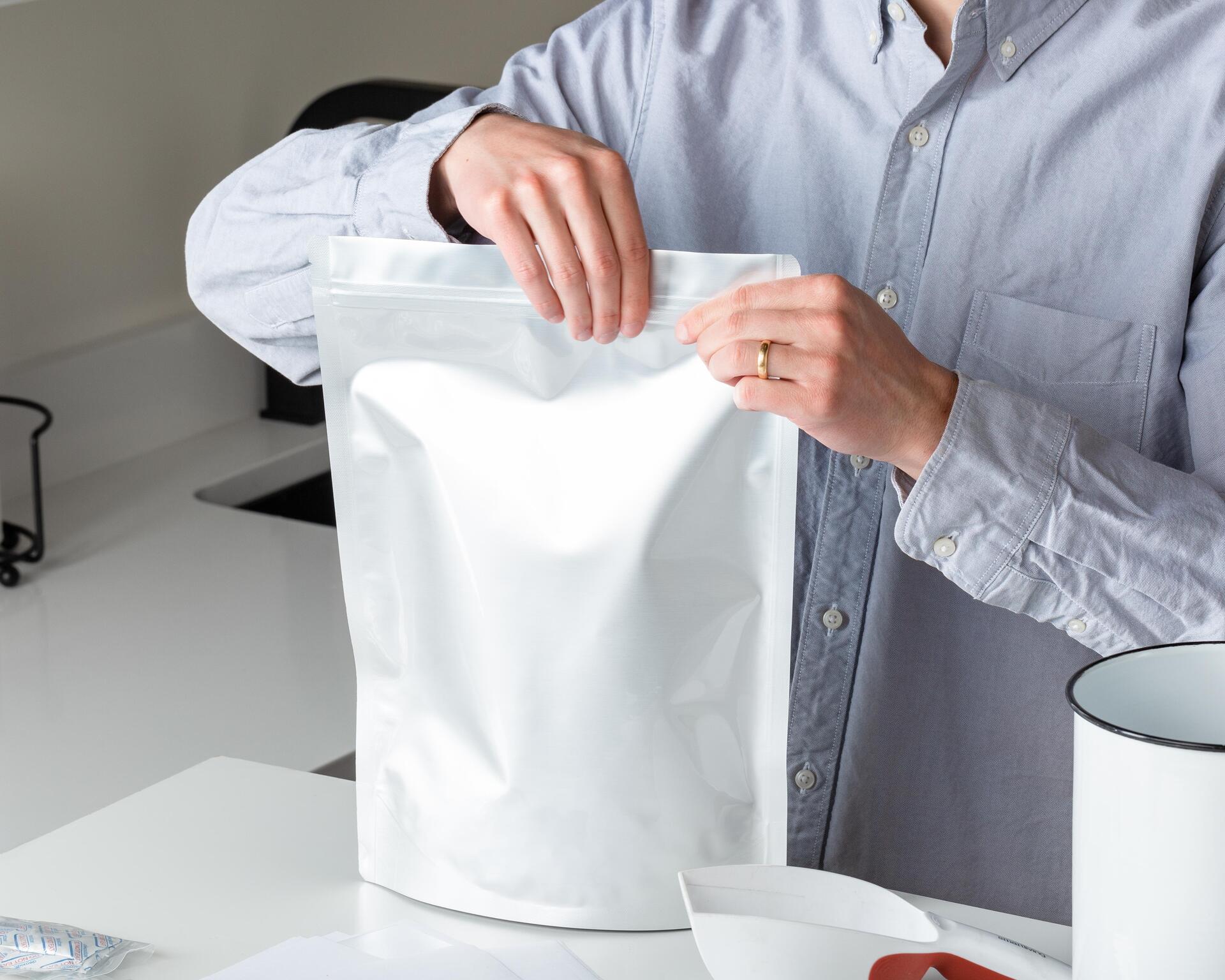
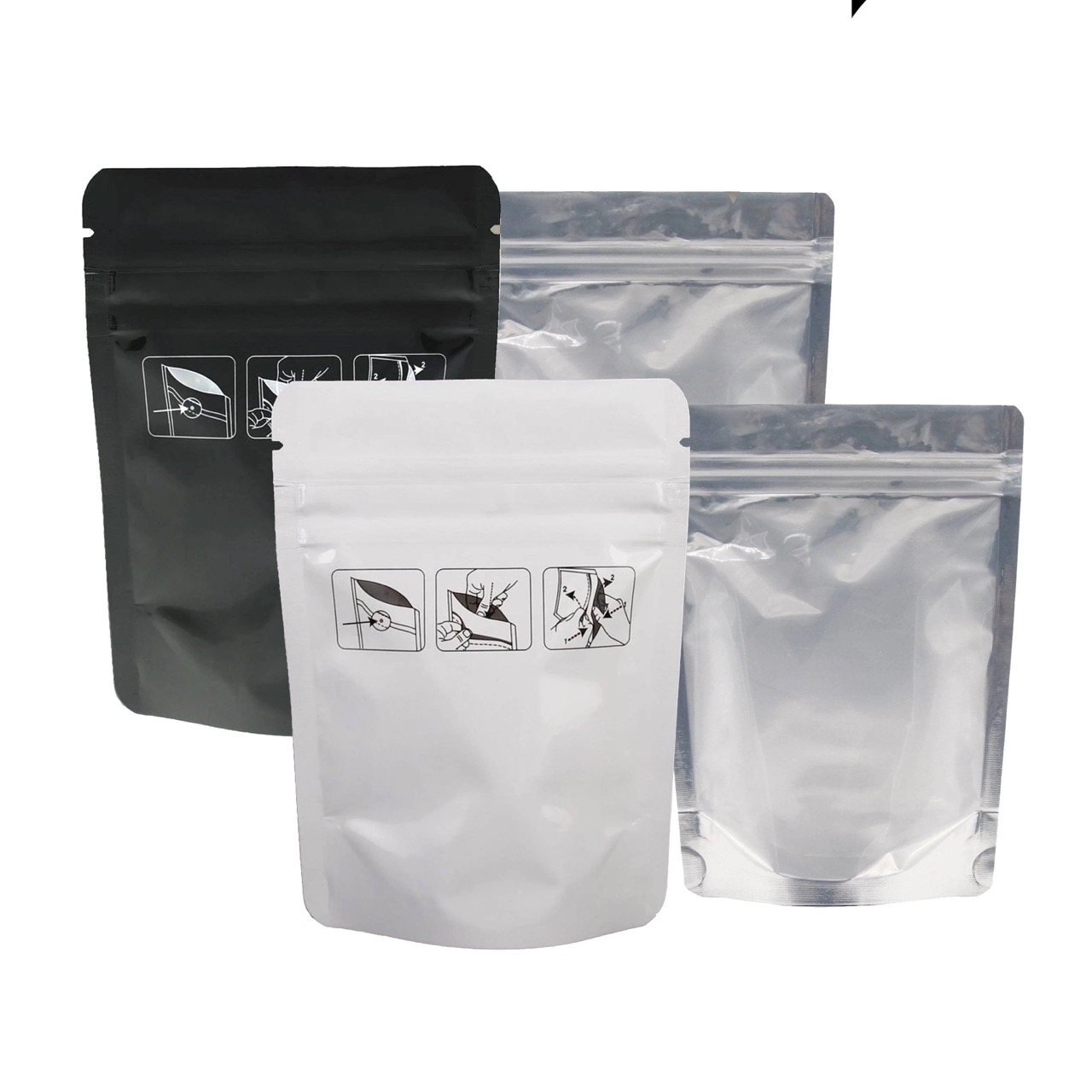
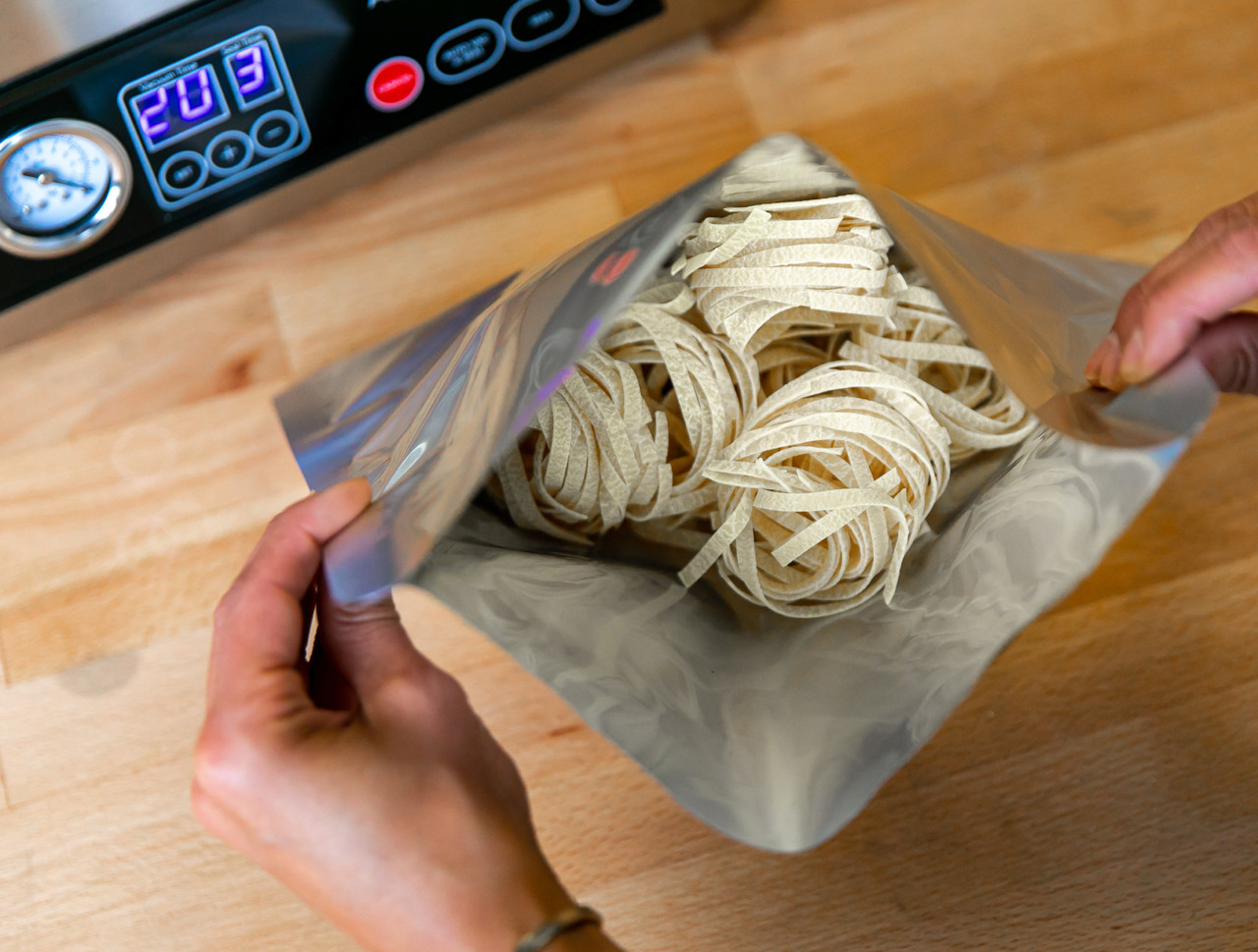
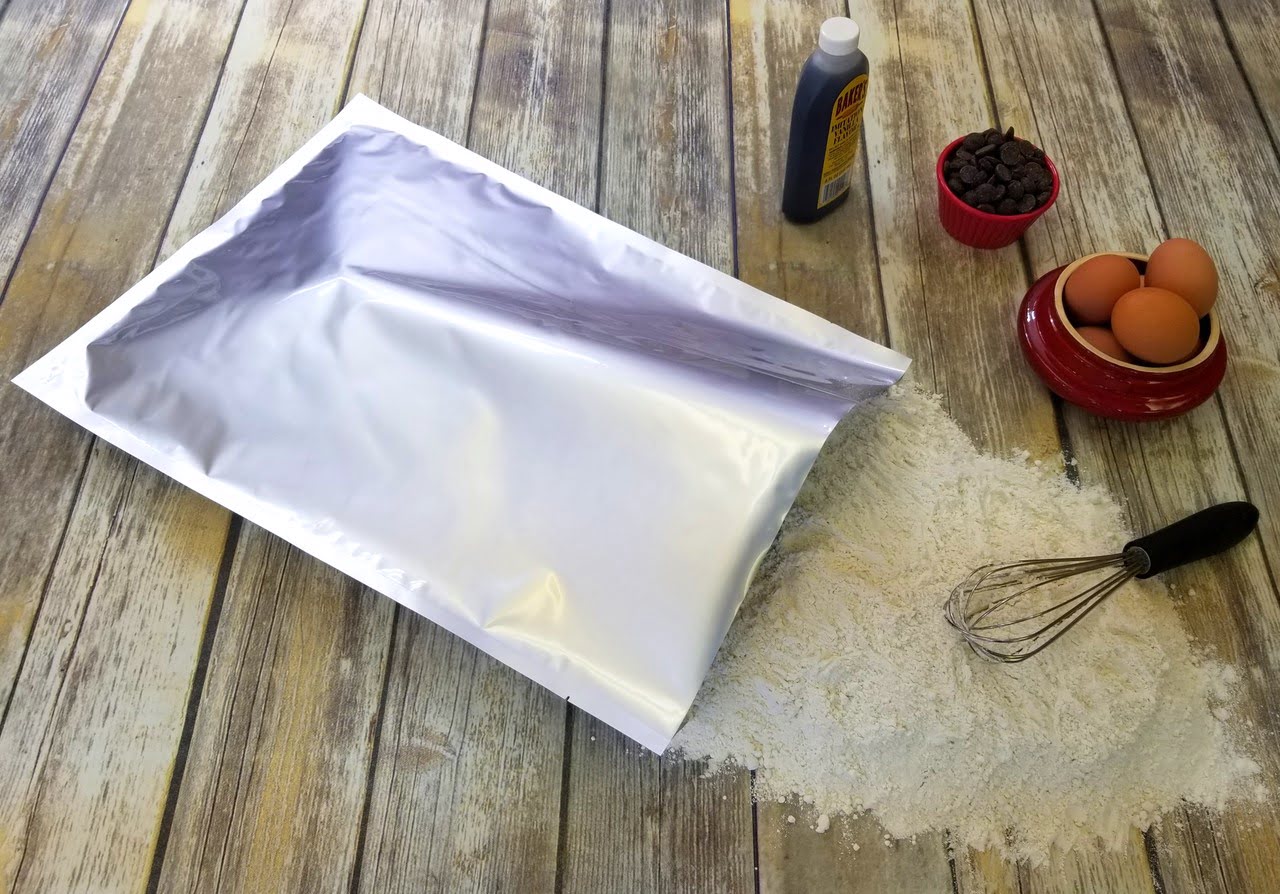
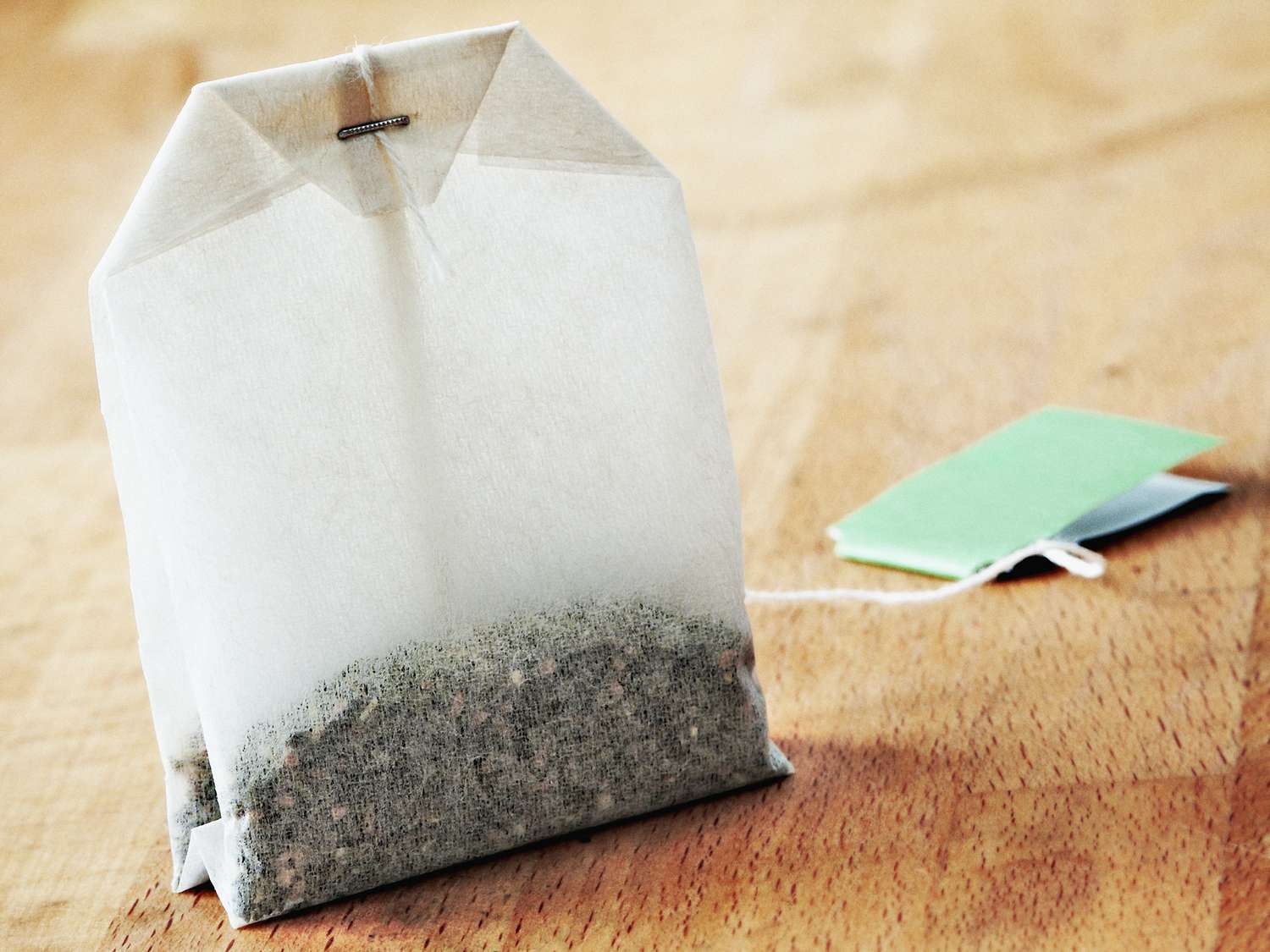
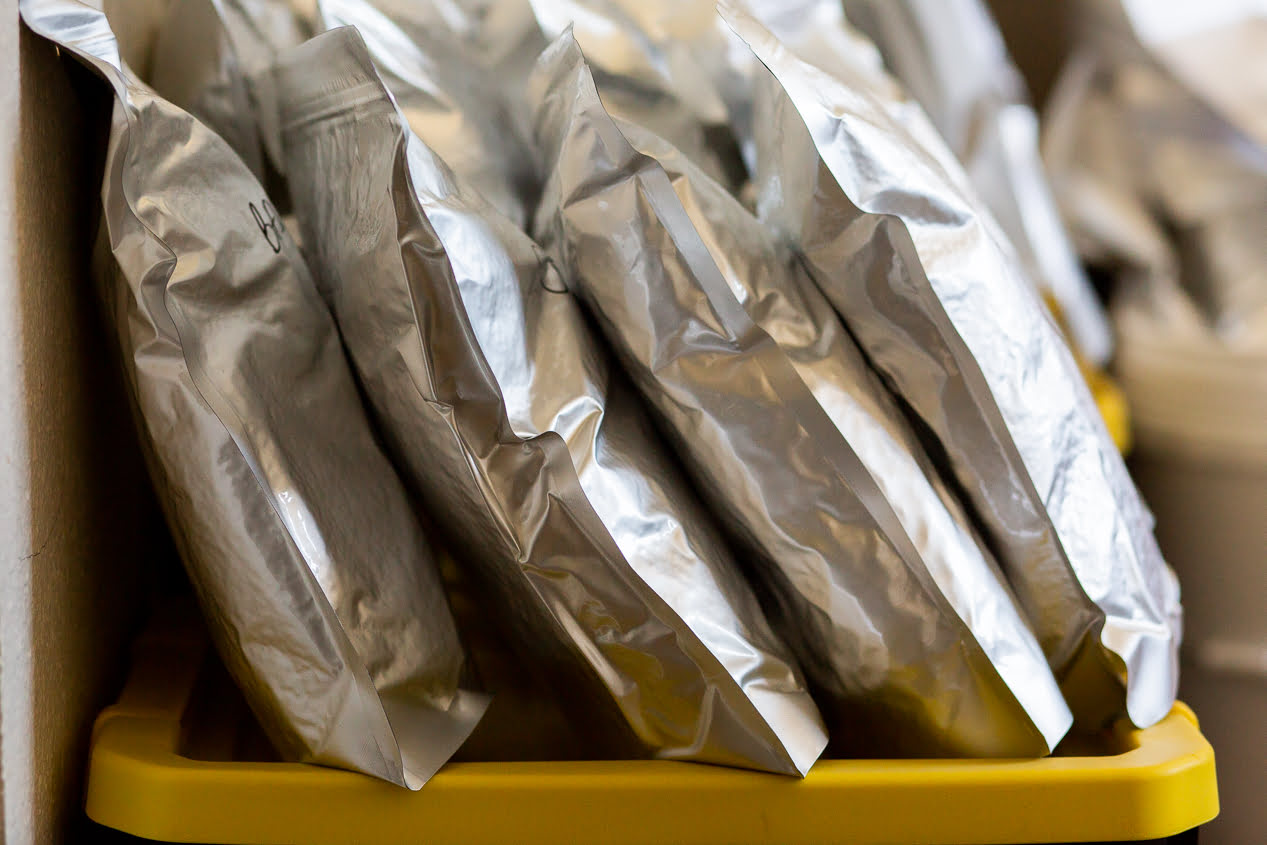
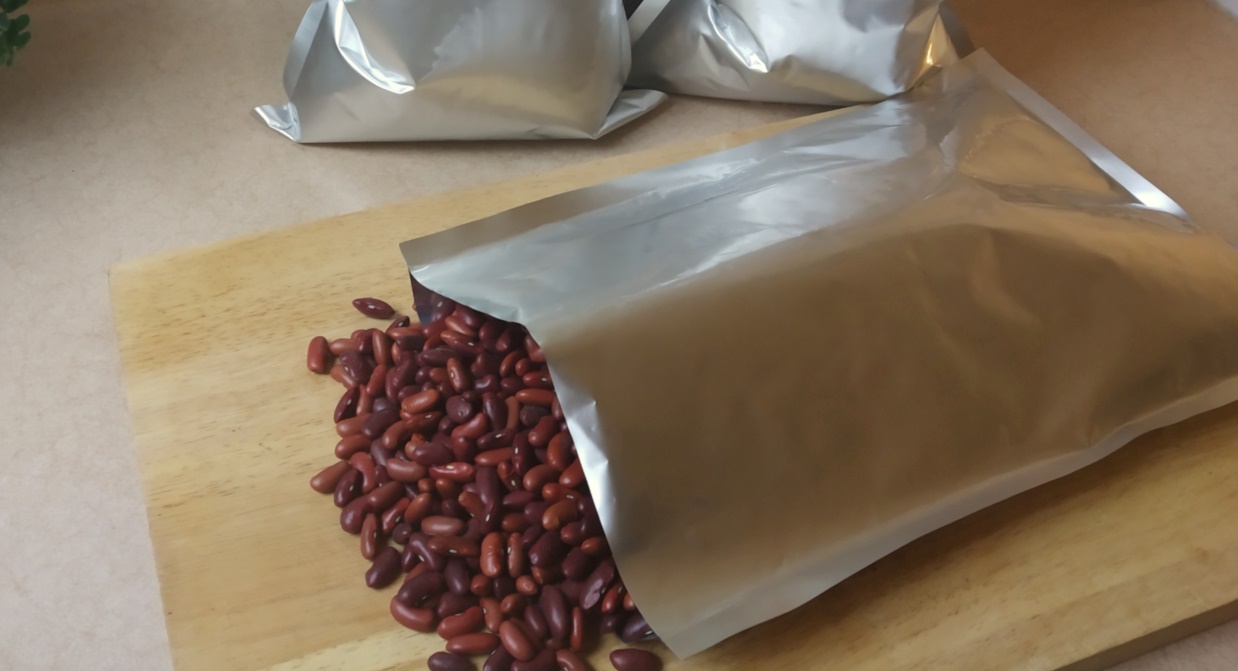
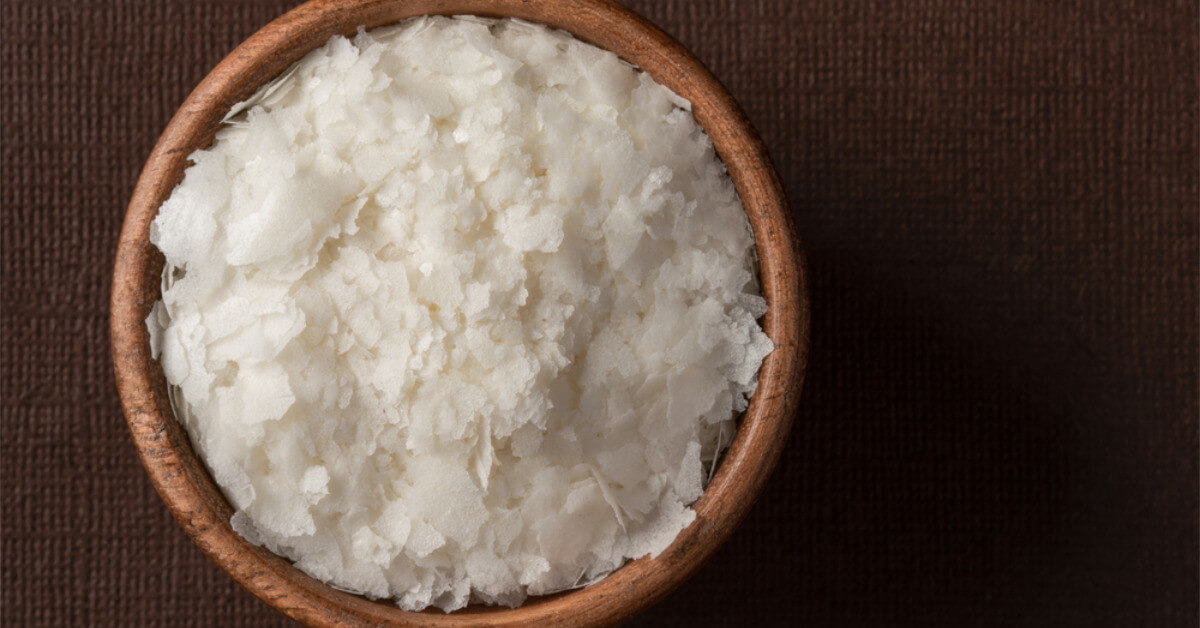







0 thoughts on “How To Store Rice Long Term Without Mylar Bags”